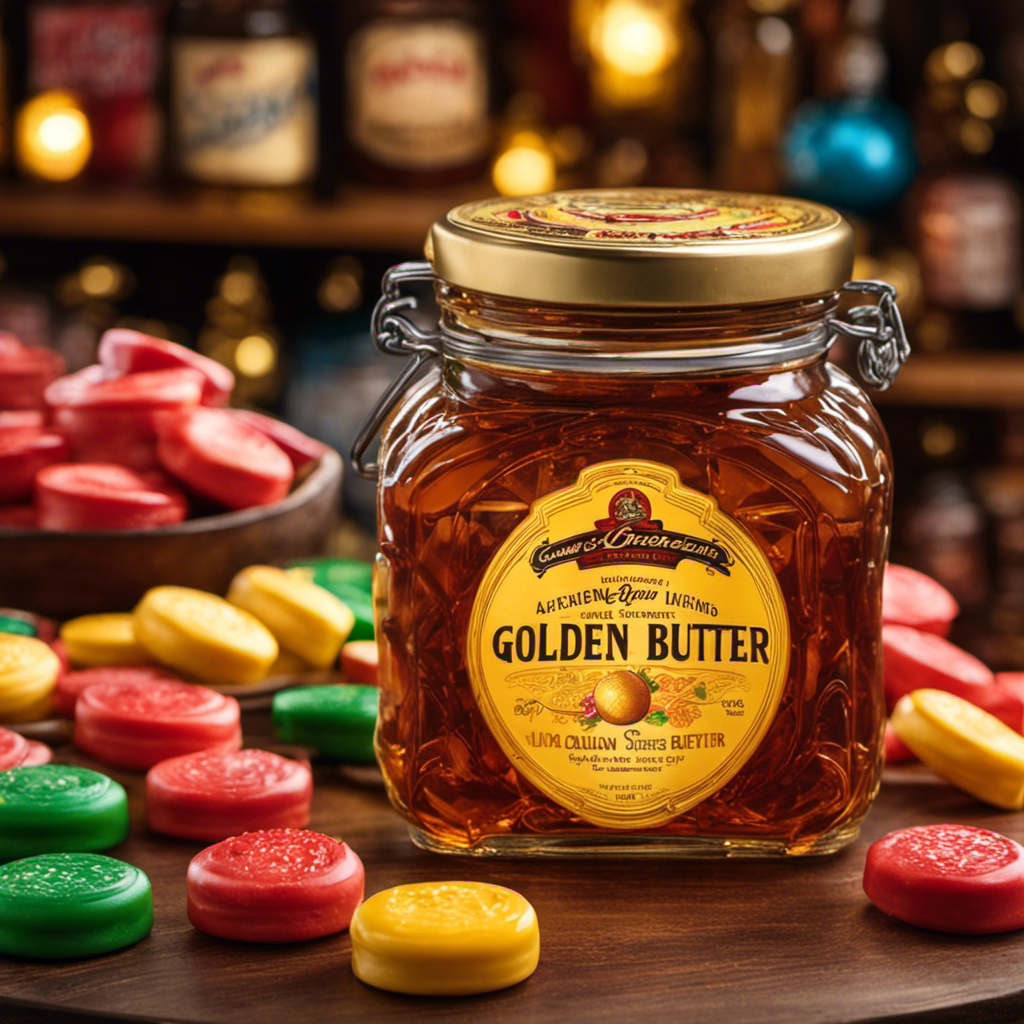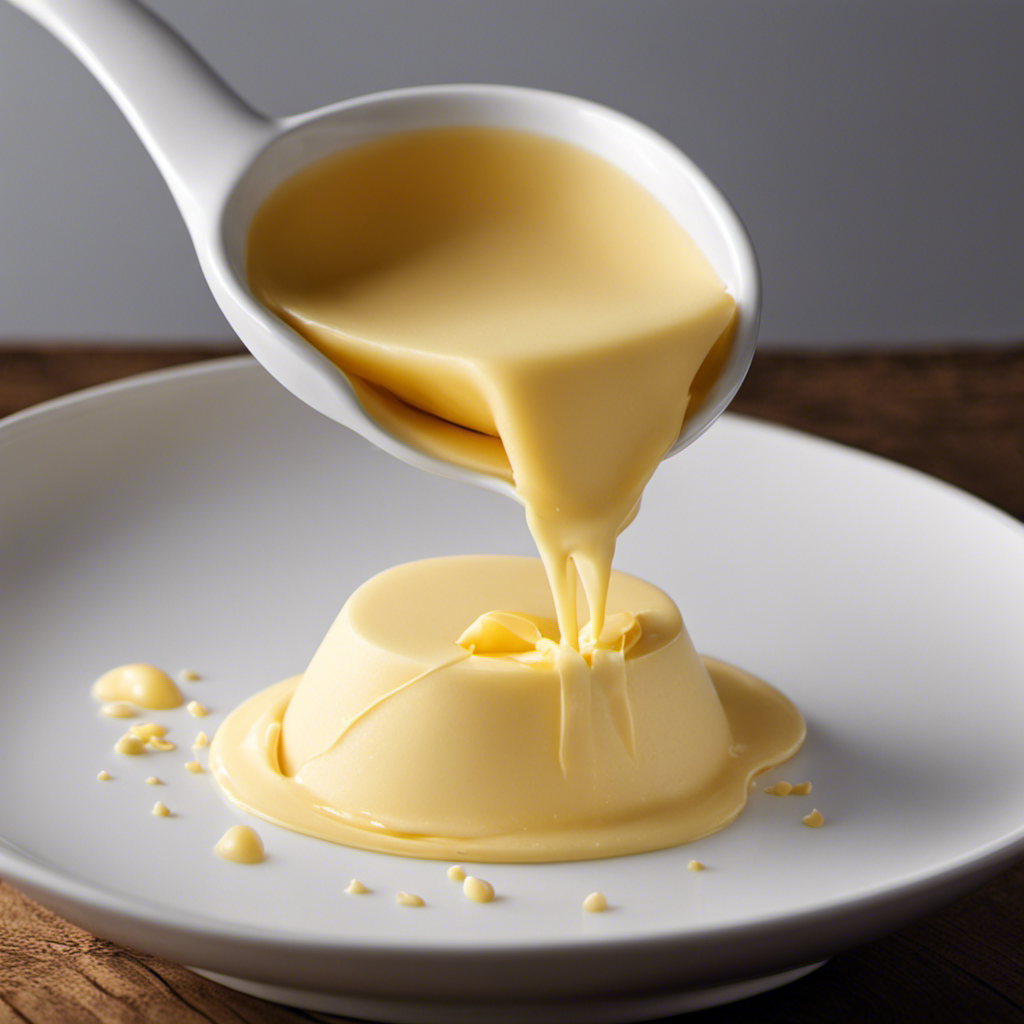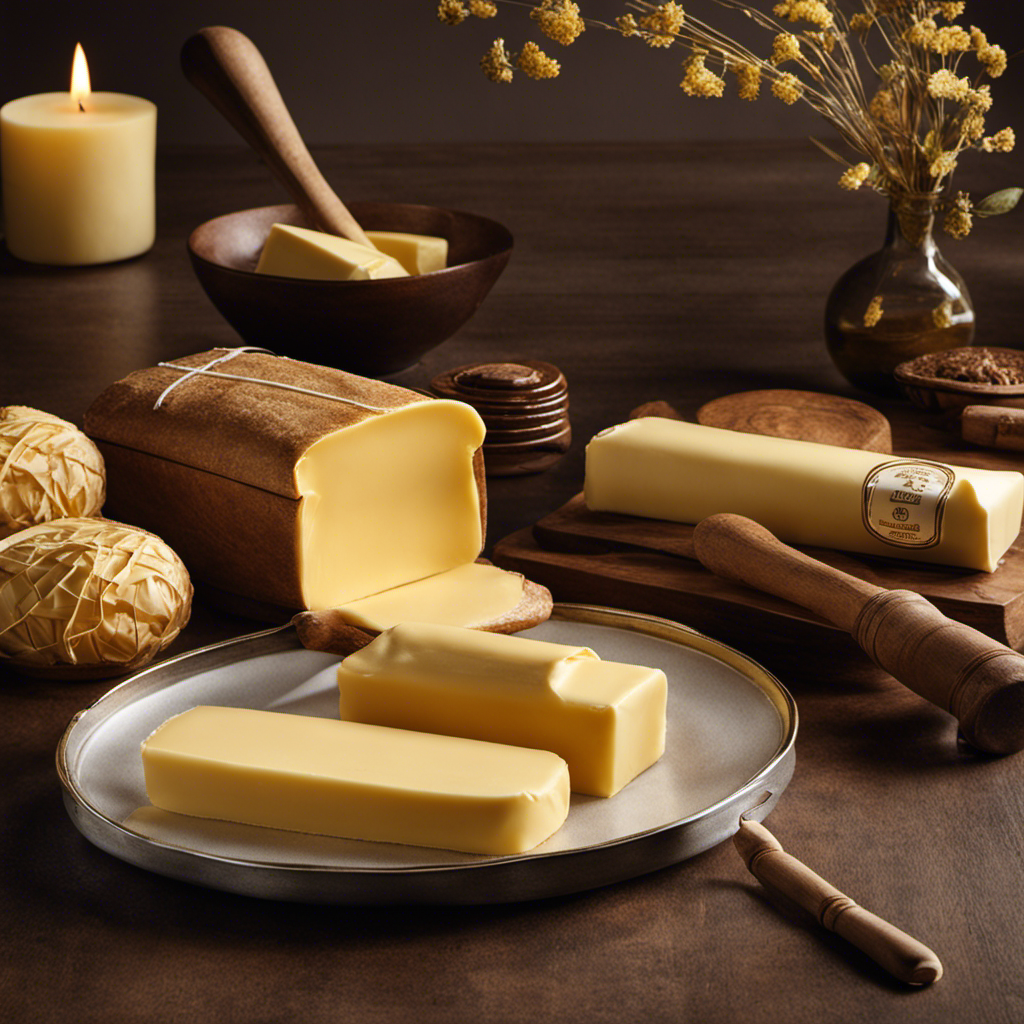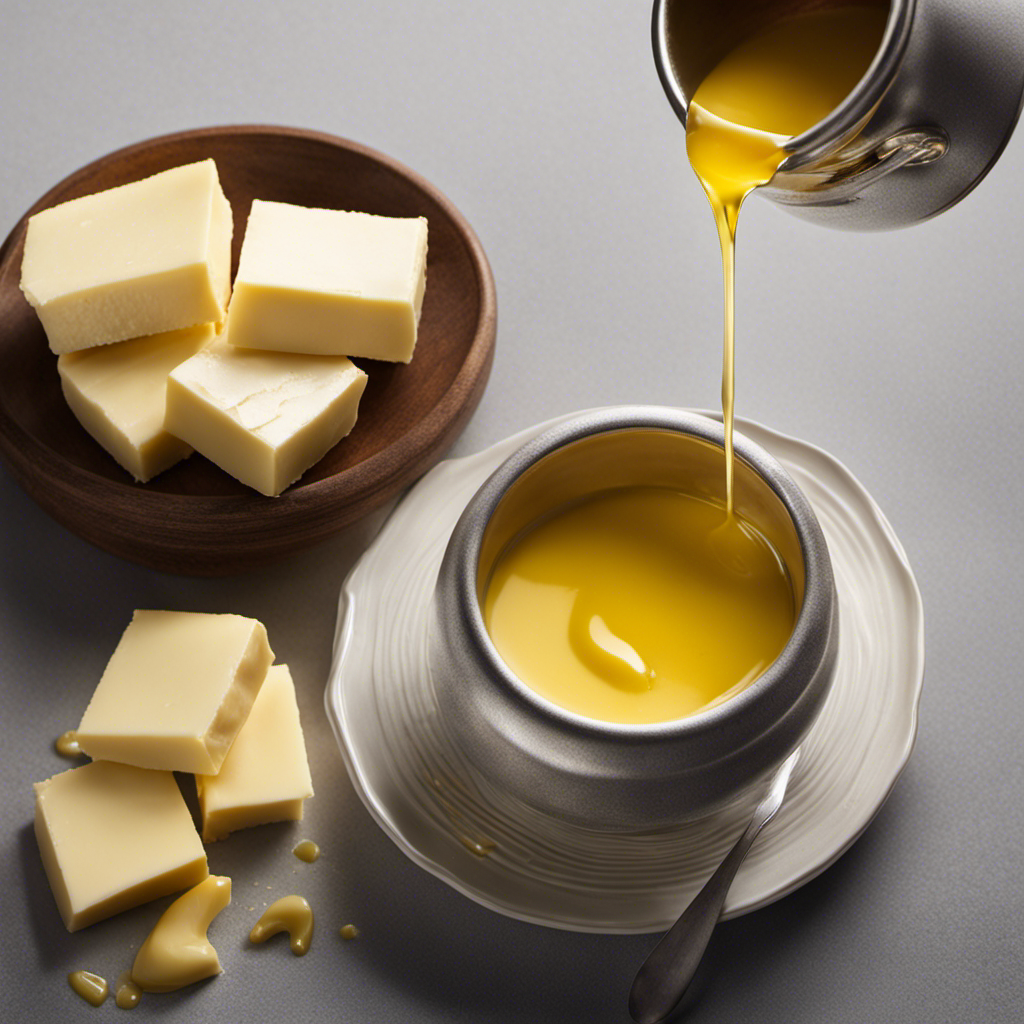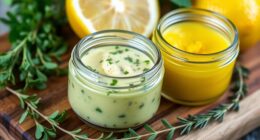Do you have a longing for the classic flavor of butter rum Lifesavers? Search no more! This article provides you with everything required to locate these delicious candies.
From online retailers to local grocery stores, convenience stores, candy shops, and even drugstores, we’ll guide you to the best places to satisfy your sweet tooth.
So sit back, relax, and let us help you track down your favorite butter rum Lifesavers.
Key Takeaways
- Butter rum Lifesavers can be easily purchased from various online retailers, offering the convenience of doorstep delivery.
- Local grocery stores, convenience stores, and pharmacies are reliable options for finding butter rum Lifesavers.
- Candy shops and specialty food stores provide a more diverse selection, including unique candy flavors.
- Online candy retailers and bulk suppliers offer a wide variety of options, often at discounted prices.
Online Retailers
You can easily find butter rum Lifesavers for purchase on various online retailers. These sweet and buttery candies are a classic favorite, and with just a few clicks, you can have them delivered right to your doorstep.
When searching for butter rum Lifesavers online, be sure to check for local delivery options to ensure a quick and convenient delivery. Many online retailers offer exclusive butter rum Lifesaver flavors that you may not find in your local stores, making it even more exciting to shop online.
Whether you’re a fan of the original butter rum flavor or interested in trying something new, the wide selection available online will surely satisfy your cravings.
Grocery Stores
Grocery stores often carry butter rum Lifesavers for purchase. These delicious candies can be found in the candy aisle of most local supermarkets. They come in a convenient pack, perfect for satisfying your sweet tooth on the go.
If you’re looking for a more specialized selection, you might also try checking out specialty food stores in your area. These stores often carry a wide variety of unique and hard-to-find candies, including butter rum Lifesavers.
Whether you prefer the classic butter rum flavor or want to explore other options, you’re likely to find what you’re looking for at your local grocery store or specialty food store.
Convenience Stores
When you’re in a rush and need a quick snack, convenience stores are a great place to find a variety of grab-and-go options. Here are four reasons why convenience stores are the go-to for snack emergencies:
-
Wide Availability: Convenience stores are found on almost every corner, making it easy to find one near you when you’re in need of a snack fix.
-
Quick and Easy: Convenience stores are designed to provide fast service, allowing you to grab your snack and go without wasting any time.
-
Variety: From chips and candy to sandwiches and drinks, convenience stores offer a wide range of options to satisfy any craving.
-
Affordable Prices: Despite their convenience, convenience store prices are often reasonable, making it a budget-friendly choice for a quick snack.
Candy Shops
If you’re a candy lover, you’ll be delighted to know about the popular candy shop locations and online candy retailers. These places offer a wide variety of sweet treats that will satisfy your craving for sugar.
Whether you prefer browsing through colorful candy aisles or shopping from the comfort of your own home, there are plenty of options to indulge in your love for candy.
Popular Candy Shop Locations
You can find popular candy shop locations that sell butter rum lifesavers. These nostalgic candies are a favorite among candy enthusiasts and are known for their smooth and creamy flavor.
Here are four candy shop recommendations for tourists looking to try unique candy flavors:
-
Sweet Tooth Delights: Located in the heart of downtown, this charming candy shop offers a wide selection of classic and modern candies. Their butter rum lifesavers are a must-try, as they are made with high-quality ingredients for an authentic taste.
-
Sugar Rush: This whimsical candy store is a paradise for those with a sweet tooth. They showcase an extensive range of candy flavors, including their signature butter rum lifesavers. The shop’s vibrant atmosphere and friendly staff make it a must-visit for candy lovers.
-
The Candy Emporium: With its old-fashioned decor and nostalgic charm, this candy shop is a hidden gem. They specialize in unique candy flavors, and their butter rum lifesavers are no exception. Indulge in the rich and buttery taste of these delectable treats.
-
Sweet Sensations: This family-owned candy shop has been delighting customers for generations. Their butter rum lifesavers are a crowd favorite, with a perfect balance of sweetness and warmth. Stop by this local gem for a truly memorable candy shopping experience.
These recommended candy shops offer a wide variety of unique candy flavors, including the beloved butter rum lifesavers. Don’t miss the opportunity to explore these delightful stores and indulge in the sweetness they have to offer.
Online Candy Retailers
For a convenient and wide selection of candy flavors, check out online candy retailers.
When it comes to finding the best online candy deals, these retailers have got you covered.
Whether you’re craving traditional favorites like chocolate bars and gummy bears or searching for unique candy flavors online, you’ll be amazed by the variety available at your fingertips.
From fruity sensations like watermelon and pineapple to decadent delights like salted caramel and cotton candy, there’s something for everyone’s taste buds.
Plus, online candy retailers often offer special promotions and discounts, making it even easier to satisfy your sweet tooth without breaking the bank.
Drugstores
Head to the nearest drugstore to find butter rum lifesavers. These delicious candies can be found in various locations, making it convenient for you to satisfy your sweet tooth cravings. Here are four reasons why drugstores are a great place to find butter rum lifesavers:
-
Local pharmacies: Many local pharmacies carry a wide range of candy options, including butter rum lifesavers. These stores are often conveniently located in your neighborhood, making them easily accessible.
-
Convenience stores: These small, local stores often stock a variety of candies, including specialty options like butter rum lifesavers. You can usually find them near gas stations or in busy areas.
-
Grocery stores: Larger grocery stores typically have a dedicated candy aisle where you can find a wide selection of candies, including butter rum lifesavers. These stores offer the convenience of one-stop shopping for all your grocery needs.
-
Specialty candy stores: Some drugstores have sections dedicated to specialty candies, offering a wider range of options for candy lovers. These stores often have a dedicated section for nostalgic candies like butter rum lifesavers.
With these options available at drugstores, you’ll have no trouble finding your favorite butter rum lifesavers. However, if you’re looking to buy in bulk, let’s explore the next section about ‘bulk suppliers’.
Bulk Suppliers
If you’re looking to stock up on candy, consider checking out bulk suppliers for a wide variety of options. Wholesale suppliers offer discounts for buying in large quantities, making it a cost-effective way to satisfy your sweet tooth. These suppliers often have a vast selection of candies, including butter rum Lifesavers, which can be hard to find in regular discount stores. By purchasing from bulk suppliers, you can ensure that you always have your favorite candy on hand. Not only do they provide convenience, but the prices are also often lower than what you would find at traditional retail stores. So, whether you’re planning a special event or simply want to indulge in your favorite treats, wholesale suppliers are the go-to choice for candy lovers.
| Supplier | Variety | Price |
|---|---|---|
| Candy Warehouse | Butter Rum Lifesavers | $5.99 |
| Bulk Candy Store | Butter Rum Lifesavers | $6.49 |
| Sweetservices.com | Butter Rum Lifesavers | $5.79 |
| Oh! Nuts | Butter Rum Lifesavers | $6.99 |
Table: Comparison of prices for Butter Rum Lifesavers at different wholesale suppliers.
Conclusion
Congratulations! You’ve now discovered a treasure trove of information on where to find those delectable butter rum Lifesavers.
From the convenience of online retailers to the shelves of your local grocery stores, these golden gems are just waiting to be savored.
Whether you prefer the charm of candy shops or the convenience of drugstores, there’s a place for you to indulge in this sweet delight.
So go forth and embark on your butter rum Lifesaver journey, and let your taste buds dance with joy!
